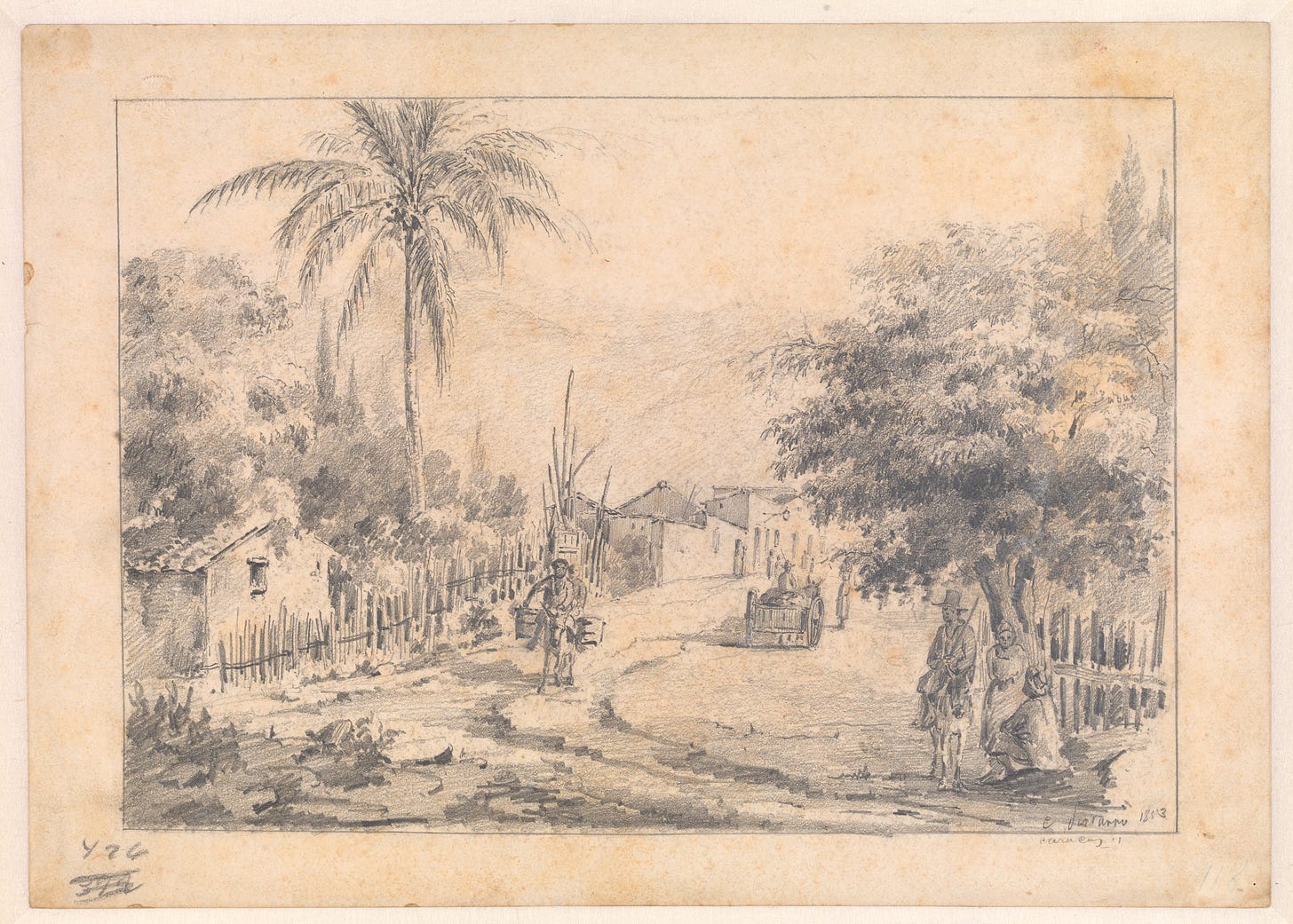Cristina Soriano, Tides of Revolution: Information, Insurgencies, and the Crisis of Colonial Rule in Venezuela (Albuquerque, NM: University of New Mexico Press, 2018)

Tracing revolutionary ideas has traditionally been done by exploring the writings of elites and what precious few writings may have emerged from the lower classes. Cristina Soriano does not discount the importance of printed revolutionary tracts, however, through an examination of Venezuela she illustrates how non-printed methods of communicating revolutionary ideas into the public sphere spread revolution from the Atlantic World into the towns and cities of colonial Venezuela. Drawing from a variety of primary sources found in archives across Venezuela, Spain, and the United States, Soriano weaves a narrative that highlights how revolution spread far beyond the “enlightened” elites such as Simon Bolivar and Francisco Miranda and was utilized by enslaved people and those who were illiterate in attempting to pull down the old order.
Divided into six chapters with an introduction and conclusion, Soriano builds her story of Venezuelan revolutionaries on two main themes: Media and Movements. Tracing her story across a small time frame from 1789 to 1808, Soriano illustrates how the “circulation of information” and the “formation of social networks” grew out of semi-literate social networks that helped to build up the revolutionary networks that would eventually help to produce success in the revolution led by white creoles. In her first three chapters which were grouped under the theme of “media” Soriano departs from a traditional chronological narrative and focuses on the three major forms of information transformation: books, newsprint media, and oral information.
One of Soriano’s greatest strengths is tracing the flow of information across the Atlantic world. The idea of print information holding great sway in revolutionary thought has long been acknowledged. However, by introducing oral communication into the mix, the story becomes far more complex. Suddenly, lower sorts are not just actors or masses of repressed automatons, but rather are cognizant and divergent human beings. People developed revolutionary insight into the upheavals rocking the Atlantic world by communicating to each other through speech and song. Officials in colonial Venezuela recognized the dangers of permitting ideas flowing from the Haitian and French Revolutions to be permitted. Throughout Soriano’s first chapters Spanish elites’ efforts to crush the growing flow of information from Revolutionary French. This concept of networks of rumor and oral information (one pioneered in the academy by Julius Scott III in The Common Wind) forces scholars to rethink the process of revolution. Rather than a purely elite driven initiative, the lower sorts engaged with their world drawing on insights as they interacted with travelers who spread ideas from France and Haiti. In so doing, Soriano unlocks, to a small degree, the key to understanding the world of Black and Indigenous revolutionaries.
In her next themed section of “Movements” Soriano highlights three interconnected events; the Black led rebellion at Coro, the development of information networks that allowed revolutionary knowledge to spread in locations such as barbershops, and the conspiracy at Maracaibo. By turning to public social spaces, Venezuelan revolutionaries expanded their activities beyond just white Spaniards and white creoles. The need to recruit broad alliances is no where better shown than in chapter six as the Maracaibo conspiracy, an attempted revolt that failed due to the lack of support from the pardos (a grouping of free Black people). It took more than elites to push revolution and it was through the ideas of revolution that renegotiations surrounding race and class began to evolve. These networks were built not only through writing, but also rumor and in public spaces where talk centered on revolutionary ideas and events.
Soriano’s work is fascinating and captures an important element of revolutionary movements, the spoken word. Given that historians rely so heavily on written documents in order to tell narratives of the past. In order to capture some of the narratives of those who left no documentary trail she relies on colonial officials. While she does an excellent job of parsing out colonial racist rhetoric, I could not help but wonder if she perhaps saw revolutionaries because that is how colonial officials saw the people under their direction. I think a comparison could be drawn to the American Revolution. British officials declared that colonists were seditious and looking to separate long before any colonial rhetoric was produced supporting the notion of independence. Could it be that Spanish officials, given the real threats that did exist in the Atlantic world for their empire, were hyper-sensitive and saw revolution when perhaps revolution did not exist?
Overall Soriano produced an excellent book that challenges historians to continue thinking about the role of the spoken word in the Atlantic world. That spoken word certainly had the ability to build the public sphere in Venezuela during the Age of Revolutions. Furthermore, her work illustrates that ideas from across the Atlantic world were having an effect, not just on elites, but also on those lower sorts and enslaved people who took those ideas and used them as markers for creating a new world out of the ashes of Europe’s empires.
Robert Swanson



